By Sean Demme
Environmental & Plant Biology Major
As we move away from our atrocious waste management habits of the industrial age, the obvious rise in recycling efforts has taken place.
Before the time of mass production, recycling was a more common practice as it was much cheaper to reuse than it was to just waste. As the industrial age started to show its face and mass production was more prevalent, recycling became a hassle; it was easier to throw something out and buy a new something altogether. It wasn’t until the thirties and forties that we started to really recycle again, between rationing for wartime supplies and reusing what we could in times of recession – we were recycling. Recycling efforts rose even more in the 1960s and 1970s with the beginning of the celebration of earth day on April 22, 1970.
Though waste management had been brought to the attention of the masses, trash was still piling up and in the eighties 150 million tons of waste was being thrown out yearly. Today that number is down to around 100 million, which is not good but we are, however, moving in the right direction. On top of the growth in green technology and interest the idea of “going green,” the green movement is becoming a trend. Not only is it crucial that we start to (quite literally) clean up our act but it is becoming ‘hip’ to do so as well.
This is where I come in. I grew up in a household that always recycled, with parents who are somewhat of treehuggers. For example, my father, after picking up trash or telling a clerk there is no need for a bag, would often wonder aloud how if everybody chose to take similar actions, the earth would, undoubtedly, be cleaner. I constantly wonder the same: What simple things could be done on a daily basis to keep the Earth orderly?
After coming to Bernheim and working in the zero-waste, organic environment found in the Edible Garden, I was inspired to say the least. It wasn’t until later in my stay here at Bernheim that I took a field trip to the nearby Yew Dell Botanical Gardens and became obsessed with a small rock garden I noticed there. It was wonderful to see something as basic and natural as rock turned into a garden bed. This garden was a large boulder filled with gravel as the soil; together they worked to create such a raw look. Galvanized, I headed to an area at Bernheim not many people get to see: the supply barn. This is where trees turn to dirt, metal turns to scrap, and used stone turns to piles in hopes of one day being useful again. My original intent was to find materials for my very own rock garden, but an incursion of serendipity had me scheming ideas for my own recycled material garden. 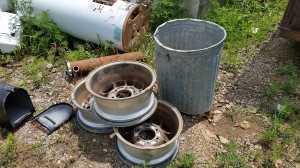
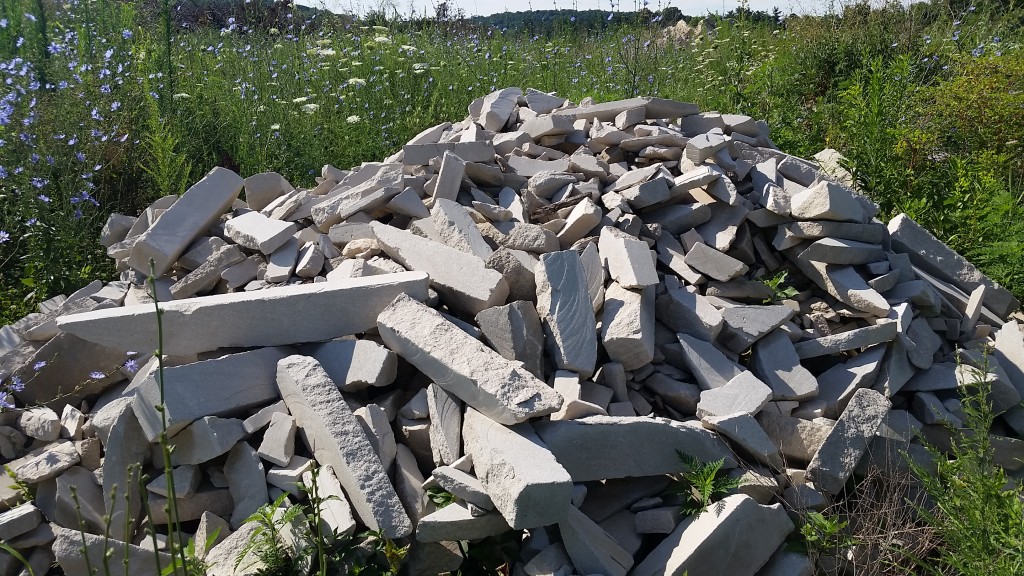
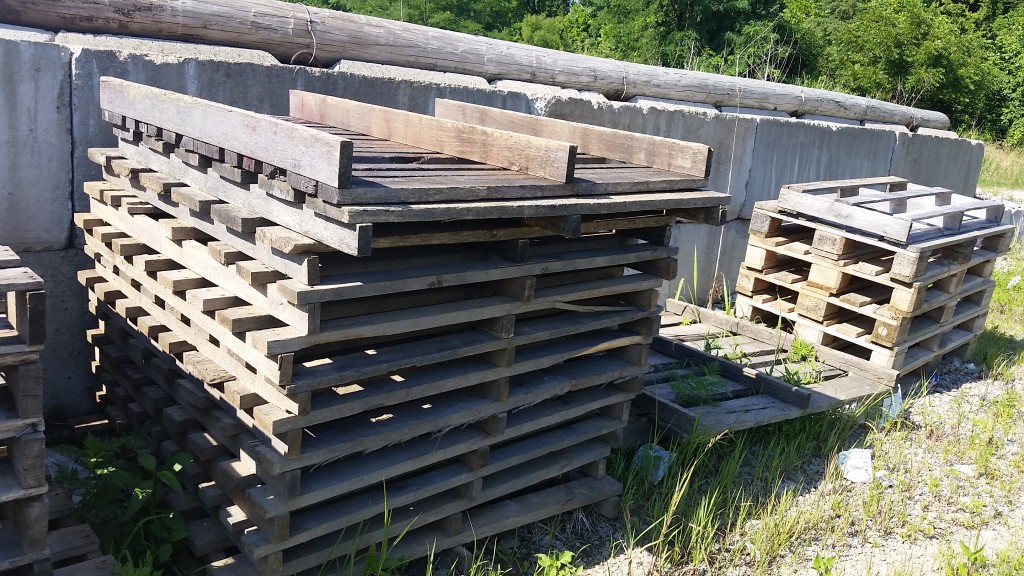
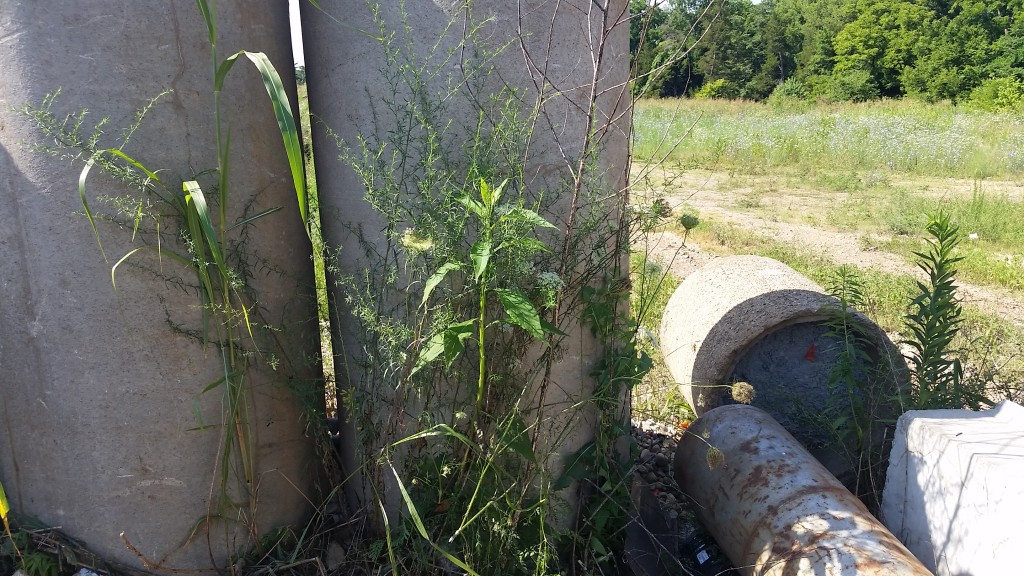 After a day of planning I was ready to start moving things into place.
After a day of planning I was ready to start moving things into place. 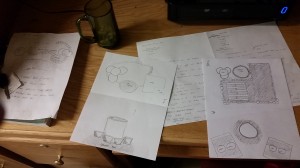
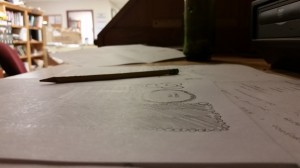 Day one was an ugly process of putting materials where I wanted them and digging. Day two consisted of more digging and more indecisive moving of old, recycled pallets. And on day three, I was pouring in the dirt and planting the greenery that lives in my garden today.
Day one was an ugly process of putting materials where I wanted them and digging. Day two consisted of more digging and more indecisive moving of old, recycled pallets. And on day three, I was pouring in the dirt and planting the greenery that lives in my garden today. 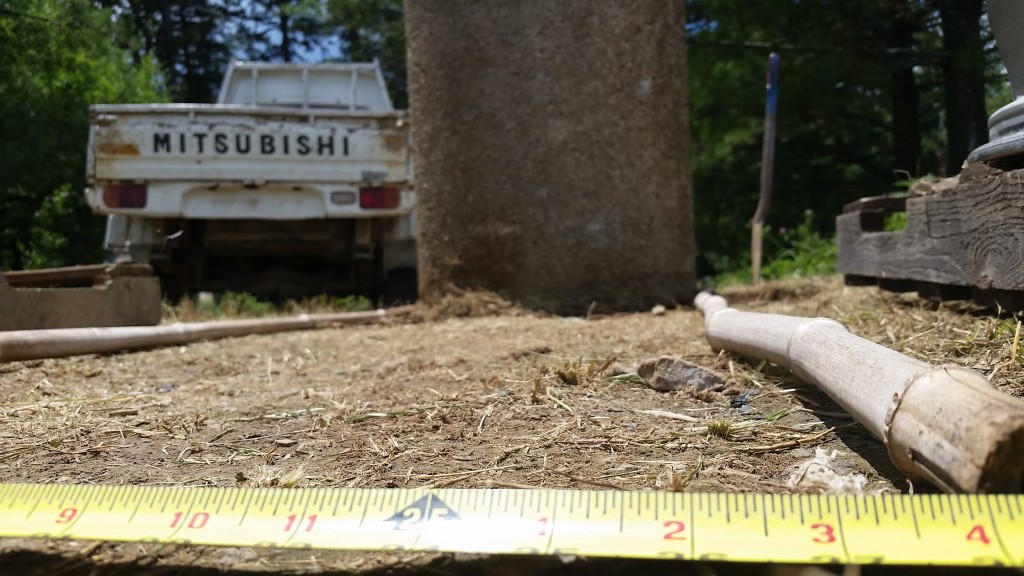
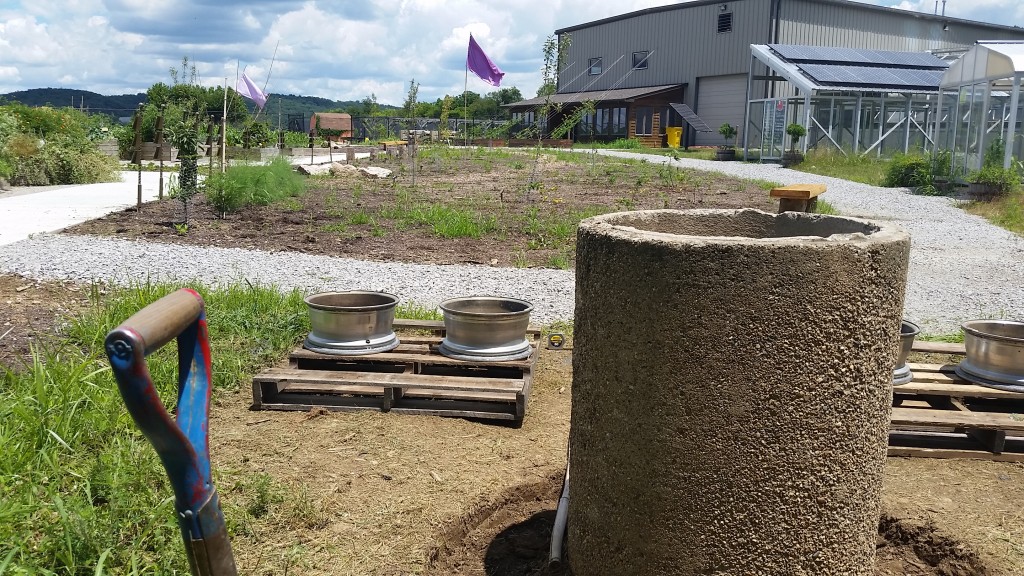
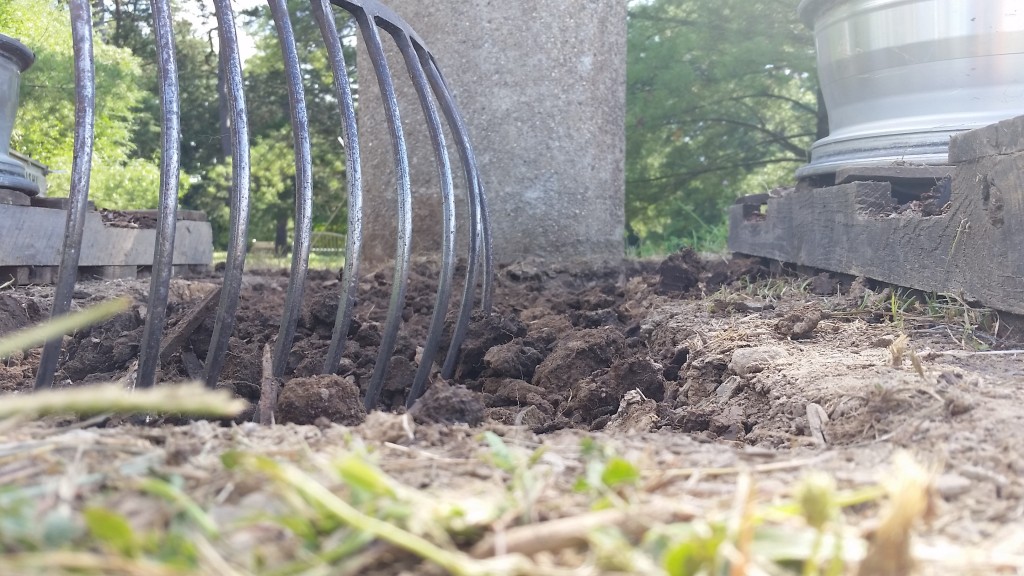
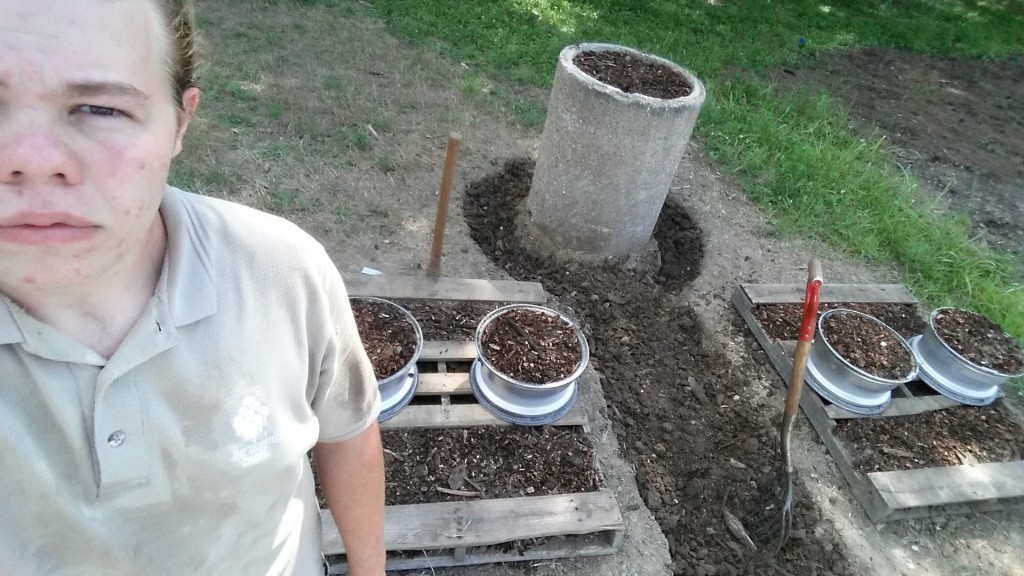
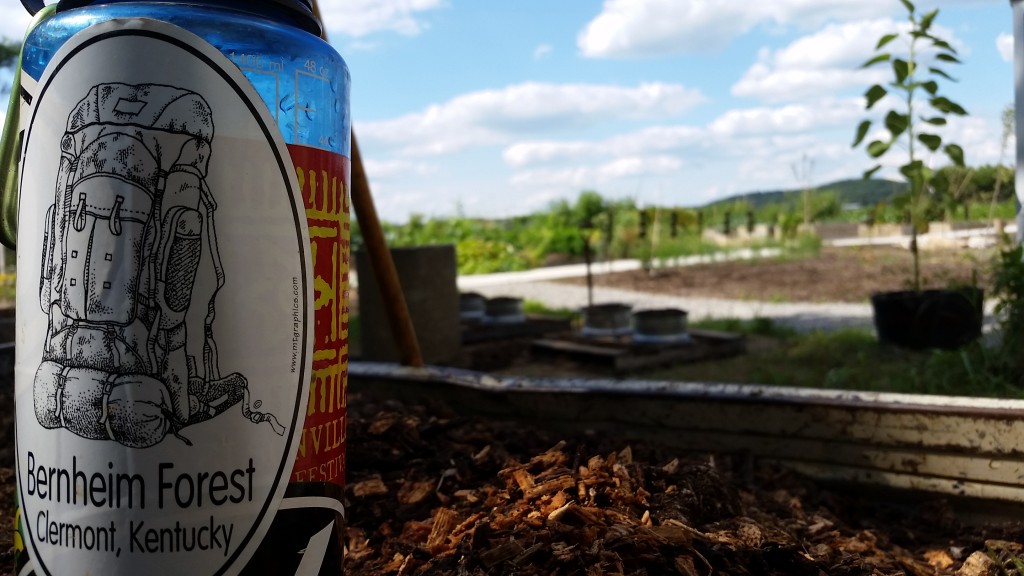 That was it, three days; this is a vital bit if information to the art involved in the recycled garden. It’s important to know that it only took three days because this effectively exemplifies the simplicity of recycling scraps to create a garden.
That was it, three days; this is a vital bit if information to the art involved in the recycled garden. It’s important to know that it only took three days because this effectively exemplifies the simplicity of recycling scraps to create a garden. 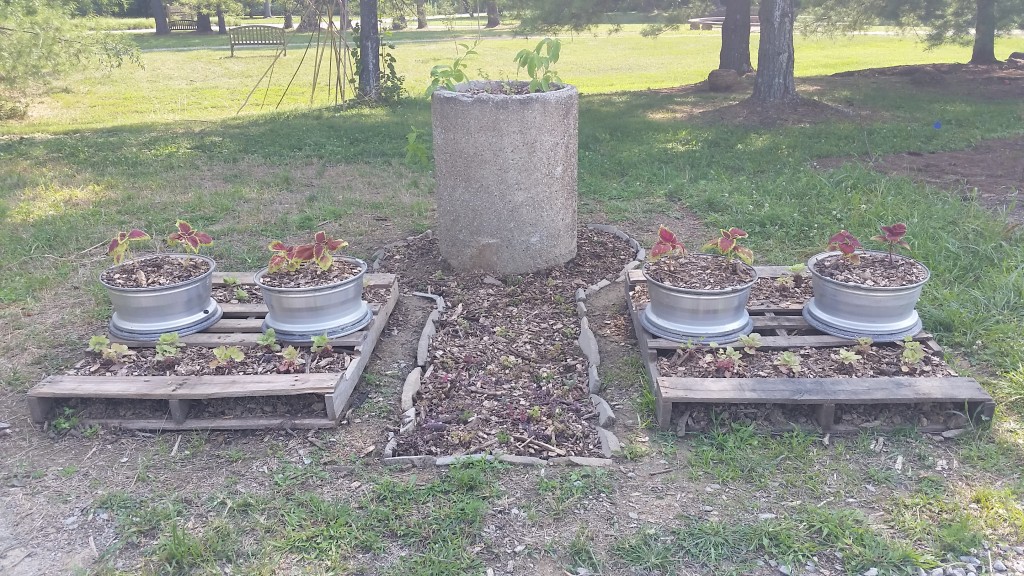
 This goes back to the earlier question: What simple things could be done on a daily basis to keep the Earth orderly? And one of countless answers to that question is using scrapped materials around you to build something you may otherwise buy new materials for. This may not seem so colossal, but what if everybody did this? And what if everybody did this as much as they could? Or what if everybody did this as much as they could for years and years to come? That sounds colossal to me. This leads me to my final point – which rests on the art side of the project and can be found at the center point of my garden in the keyhole-shaped ground bed. Here lies the answer to my previous question that serves as a small reminder: that recycling has been, is, and continues to be the key.
This goes back to the earlier question: What simple things could be done on a daily basis to keep the Earth orderly? And one of countless answers to that question is using scrapped materials around you to build something you may otherwise buy new materials for. This may not seem so colossal, but what if everybody did this? And what if everybody did this as much as they could? Or what if everybody did this as much as they could for years and years to come? That sounds colossal to me. This leads me to my final point – which rests on the art side of the project and can be found at the center point of my garden in the keyhole-shaped ground bed. Here lies the answer to my previous question that serves as a small reminder: that recycling has been, is, and continues to be the key.
Sean Demme – Horticulture Intern at Bernheim Arboretum and Research Forest – Junior at Ohio University – College of Arts & Sciences – Environmental and Plant Biology Major



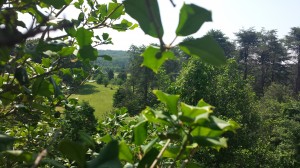















Comments